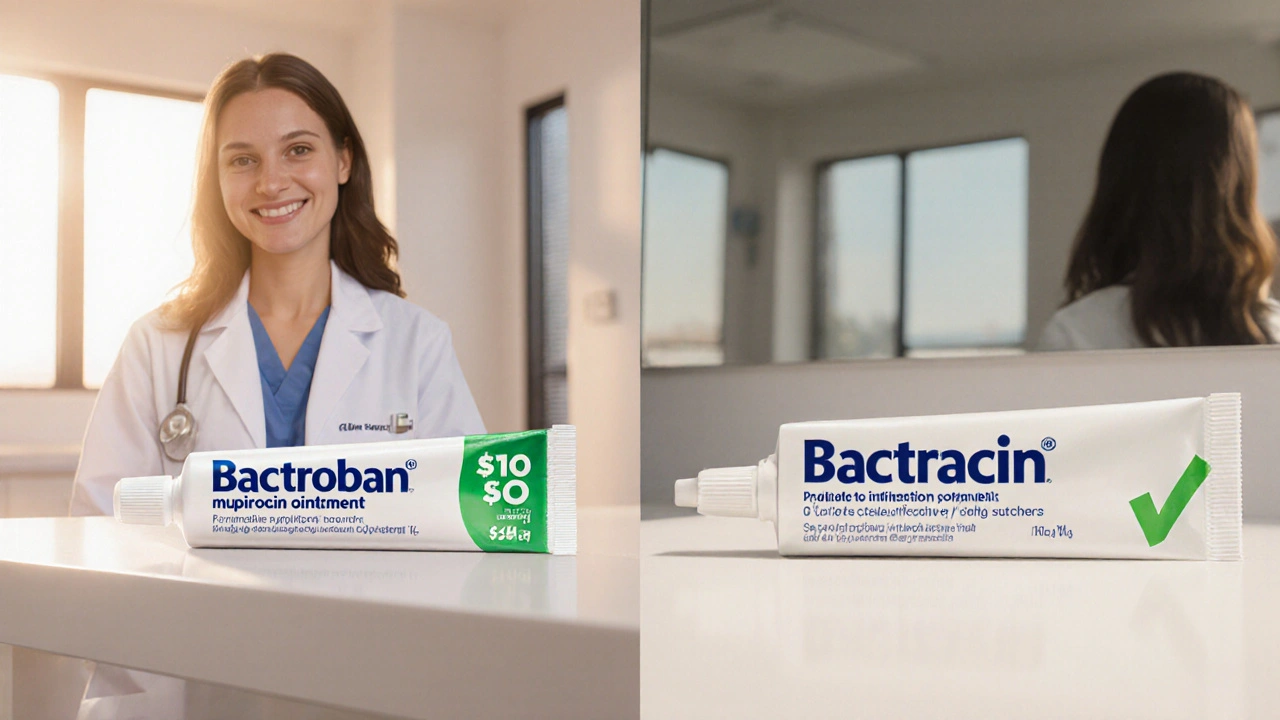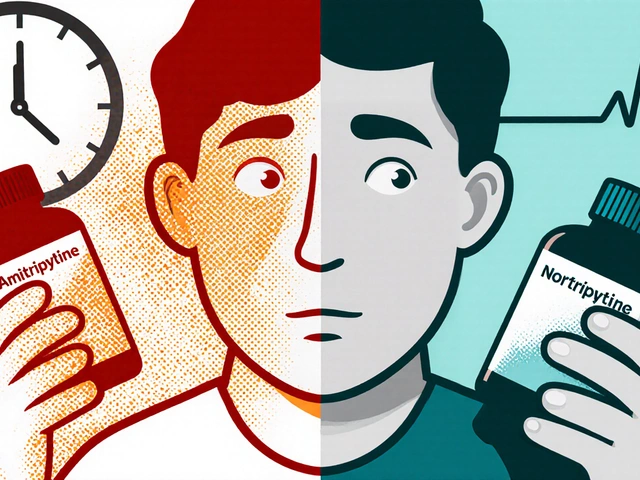Skin Infection Treatment: What You Need to Know
When dealing with skin infection treatment, the process of identifying and managing infections that affect the skin’s surface or deeper layers. Also known as dermal infection care, it often involves a mix of medication, hygiene, and monitoring. One of the first steps is to pin down the bacterial infection, the invasion of skin by harmful bacteria such as Staphylococcus aureus or Streptococcus pyogenes or a fungal infection, an overgrowth of organisms like Candida or dermatophytes that thrive in warm, moist skin areas. Knowing which pathogen you’re facing sets the direction for the right treatment plan.
Common Treatment Options
Most skin issues clear up with a topical antibiotic, a cream or ointment applied directly to the affected area to kill surface bacteria such as mupirocin or bacitracin. When the infection penetrates deeper or spreads quickly, doctors may prescribe an oral antibiotic, a pill or liquid that circulates systemically to target bacteria beyond the skin surface. For fungal culprits, an antifungal cream, agents like clotrimazole or terbinafine that disrupt fungal cell walls works well. Alongside medication, keeping the wound clean, using breathable dressings, and avoiding tight clothing help the skin heal faster and reduce the chance of resistance.
Early skin infection treatment can prevent complications like cellulitis, abscess formation, or scarring. Good hygiene—regular washing with mild soap, quick drying, and staying dry in humid conditions—cuts down on bacterial and fungal growth. If symptoms linger after a few days of self‑care, it’s wise to see a clinician for culture tests and tailored therapy. Below you’ll find a curated list of articles that dive deeper into specific drugs, home remedies, and what to watch for during recovery, giving you a toolbox to handle most skin infections confidently.

- Sep 28, 2025
- Posted by Cillian Osterfield
Bactroban (Mupirocin) Ointment vs Topical Antibiotic Alternatives - Full Comparison
A detailed, side‑by‑side comparison of Bactroban (mupirocin) ointment and its main alternatives, covering effectiveness, cost, safety and real‑world usage tips.
Categories
- Health and Wellness (60)
- Medications (42)
- Health and Medicine (22)
- Pharmacy Services (11)
- Mental Health (5)
- Health and Career (2)
- Medical Research (2)
- Business and Finance (2)
- Health Information (2)
Latest Posts
©2025 heydoctor.su. All rights reserved





